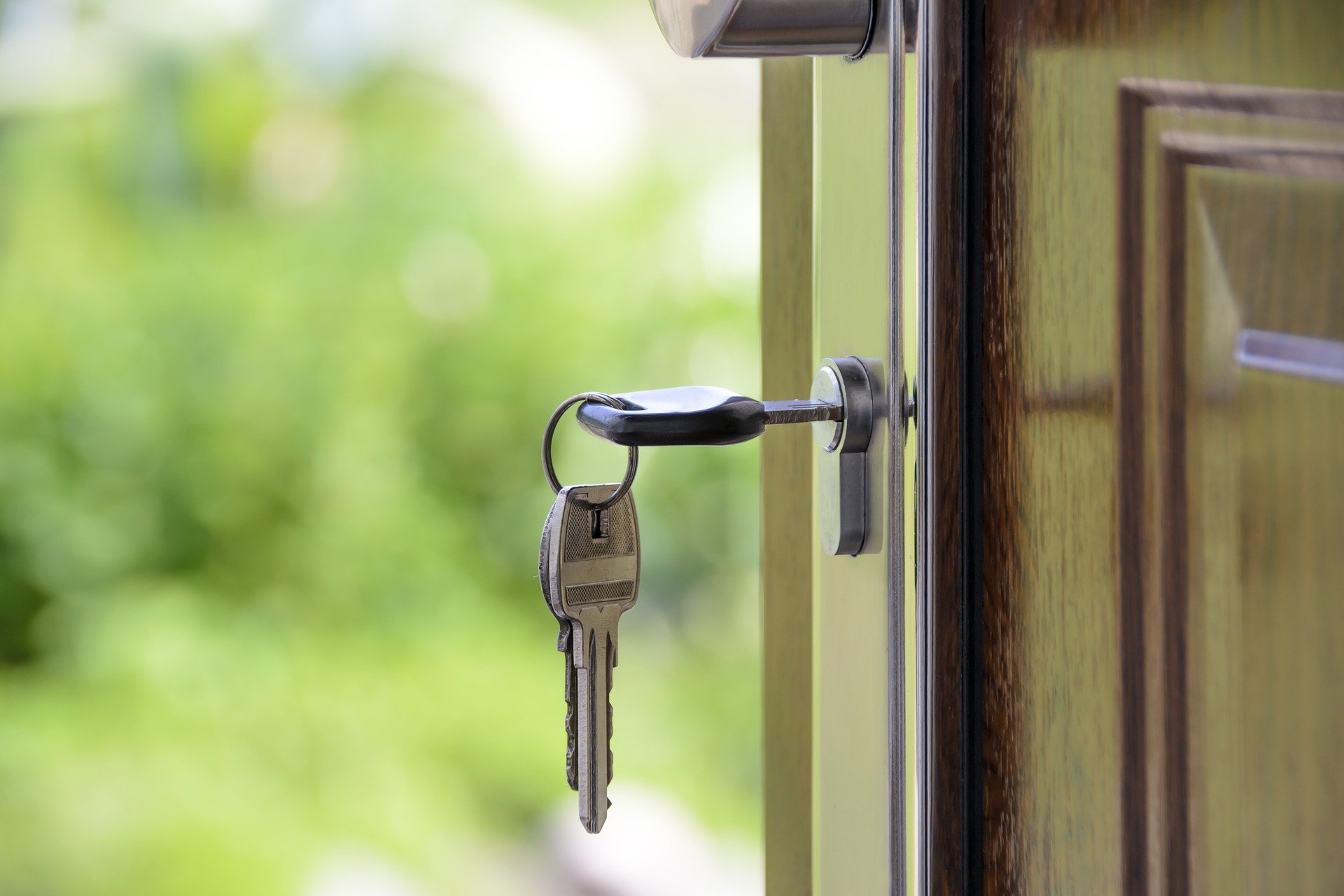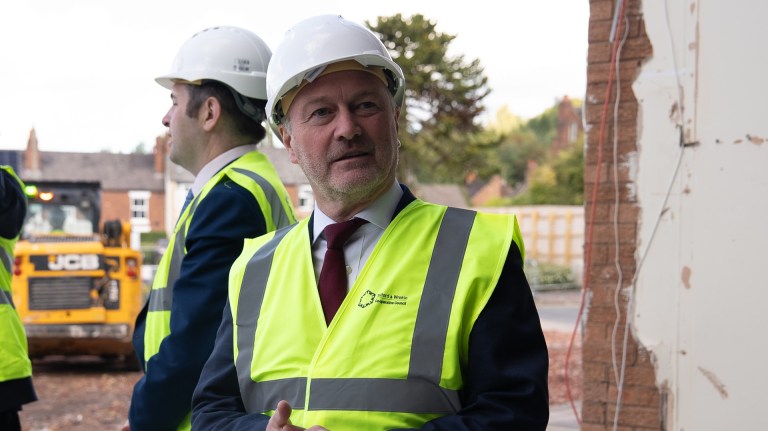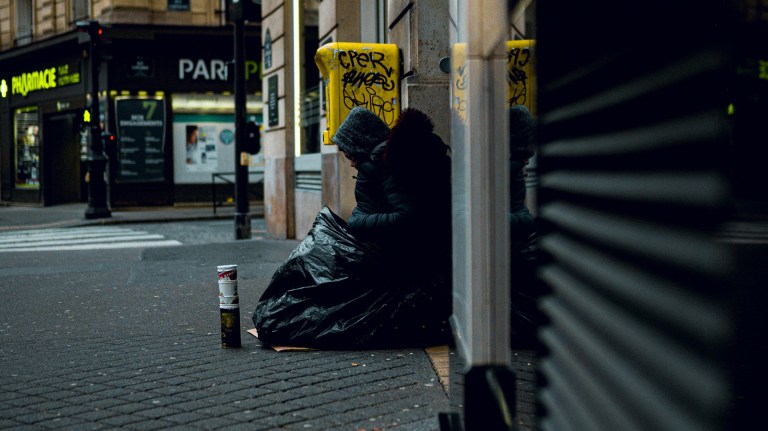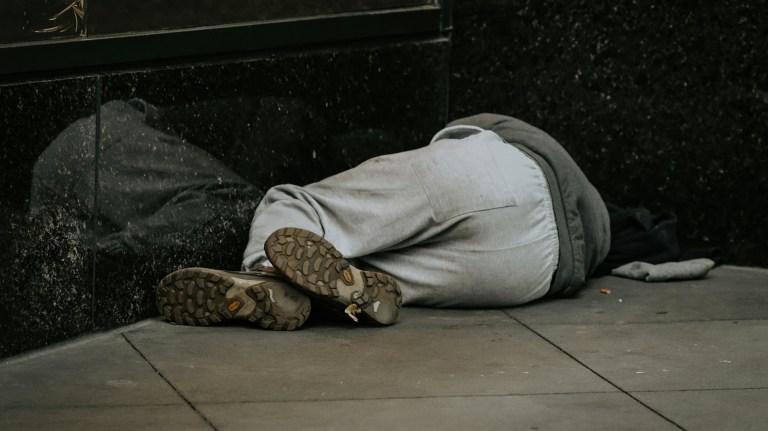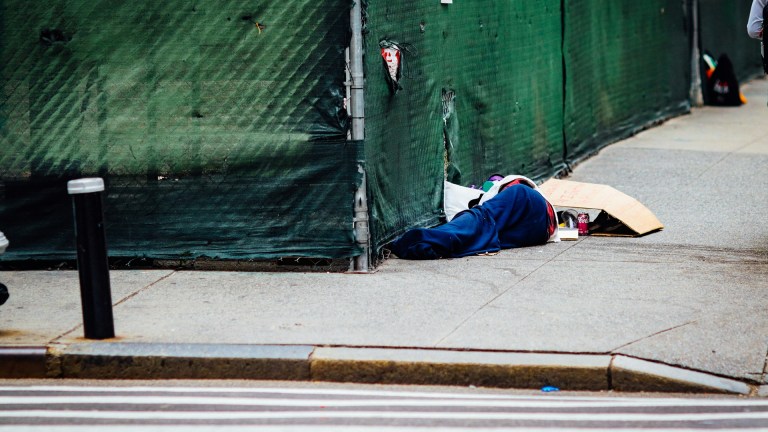What is meant by shared ownership?
Shared ownership is sometimes referred to as “part-buy, part-rent” and is designed to support people who cannot afford a full mortgage.
First, tenants buy a share of their property, currently between 25 per cent and 75 per cent, and pay rent on the rest.
When they can afford to, they increase their number of shares until they own the property outright. This is known as “staircasing”.
Ministers say the model can reduce the amount needed for a deposit and monthly payments can be lower than full ownership or private renting.
Approximately 157,000 households are living in shared ownership homes in England. While this currently represents less than one per cent of households, demand is increasing, particularly in areas such as the capital where affordability is lowest.
Advertising helps fund Big Issue’s mission to end poverty
As it attempts to widen the model’s roll out and make it more affordable, the Government has pledged to reduce the minimum initial share people can buy from 25 per cent to 10 per cent and allow additional shares to be bought in one per cent instalments. These changes will begin from April 1 2021.
How does the shared ownership scheme work?
Housing policy is devolved, so there are slightly different rules on shared ownership in Scotland, Wales and Northern Ireland.
In England, a household is eligible to purchase some of their home through shared ownership if its combined income is £80,000 a year or less, or £90,000 a year or less in London.
One of the following also needs to apply:
- You are a first-time buyer
- You used to own a home but can no longer afford to
- You are an existing shared owner looking to move
Most families still take out a mortgage to pay for their share of the home’s purchase price and some also fund this through savings.
Housing associations run most shared ownership schemes and properties are always leasehold, meaning they are owned for a fixed period.
Advertising helps fund Big Issue’s mission to end poverty
What is the right to shared ownership?
When the Housing Secretary announced increased funding for affordable housing in September, he promised the ‘right to shared ownership’ would apply to all new rented homes delivered by the programme.
This would allow eligible tenants living in suitable properties to purchase their homes on shared ownership terms, he said, and allow more people to buy a stake in their home.
Councils, housing associations and private providers who wish to bid for Government investment will have to accept these requirements.
“This will help reduce the gap between ambition and expectation, and make home ownership attainable and affordable for many more social housing tenants,” the housing secretary said, when introducing the right to shared ownership in October 2019.
“It is part of the Government’s wider commitment to support people and families from all backgrounds to realise their ambition to own their own home.”
Advertising helps fund Big Issue’s mission to end poverty
Is shared ownership a good idea?
The Government seems to think so. Housing Secretary Robert Jenrick has said the Government intends to “reinvigorate the home ownership offer”, insisting the Right to Shared Ownership will help more people get on the property ladder due to lower prices.
Share to Buy, the national property portal to find properties in the scheme, adds that shared ownership can allow first-time buyers to purchase their own home.
“The advantages of shared ownership, especially for low-income earners or first-time buyers is that it can be an easier and more secure way to access a mortgage with a smaller deposit,” said Dr Halima Sacranie from the Housing and Communities Research Group at the University of Birmingham.
“For aspiring homeowners in areas with highly unaffordable housing such as London, it can give them access to the property ladder which would otherwise be out of reach.”
What are the disadvantages of shared ownership?
The drive to get more people to consider this option hasn’t been without controversy.
According to Dr Sacranie, those who buy their home under shared ownership risk exposure to housing market fluctuations.
Advertising helps fund Big Issue’s mission to end poverty
Rent is usually charged at a set percentage of the property value per annum, so if house prices go up, this can make mortgage payments difficult.
While proponents claim shared ownership can be cheaper, monthly costs often include a combination of rent, mortgage and service fees.
In November, BBC Panorama revealed the scheme had left some living in homes with escalating costs, plunging them into debt.
Deepa Mistry, who bought her “dream” home in London through shared ownership, told the programme: “I’ve trapped us. A decision that I made based on information I was given and how things were sold to me, as being affordable, has now turned into the absolutely worst thing I could have ever done. I’ve put everything into this place. All my money. Everything I had. I’m stuck.”
In addition to the other changes such as reducing the minimum initial share and one per cent instalment, the Government has said it will introduce a ten year period for new shared owners where the landlord will cover the cost of any repairs and maintenance.
Advertising helps fund Big Issue’s mission to end poverty
Others have reported being unable to sell homes bought through the scheme due to red tape around cladding in the Grenfell Tower fire’s aftermath.
Critics also argue that just widening access to shared ownership isn’t enough on its own to solve England’s housing crisis.
When the Government announced the Right to Shared Ownership at the Conservative Party Conference in 2019, Shelter chief executive Polly Neate said the plans didn’t go far enough.
“Today’s package of housing policies offers nothing to the average renter who has no savings of their own, and fails to reverse the decimation of social housing in this country,” she said.
“Research shows that 83 per cent of social renters have no savings at all, so plans to extend the offer of shared ownership to new housing association tenants simply don’t add up. Worse still, this risks losing even more of the few social homes we have left – spelling disaster for the millions stuck on housing waiting lists.”
